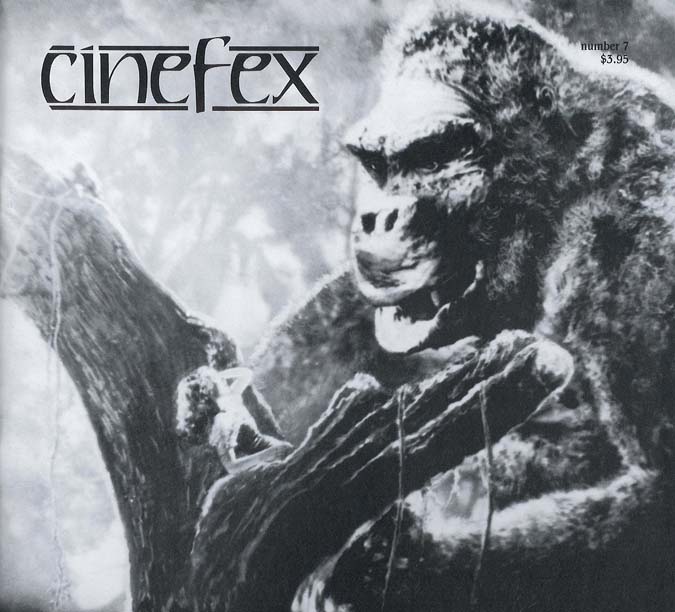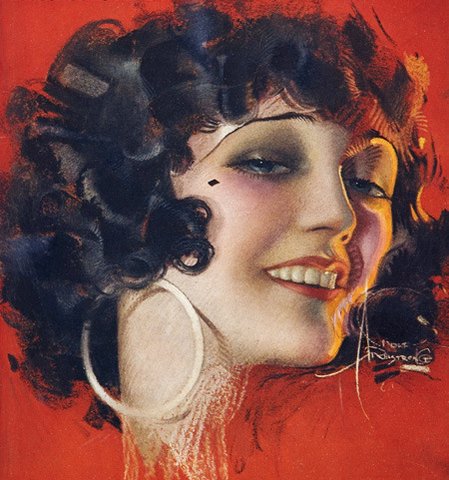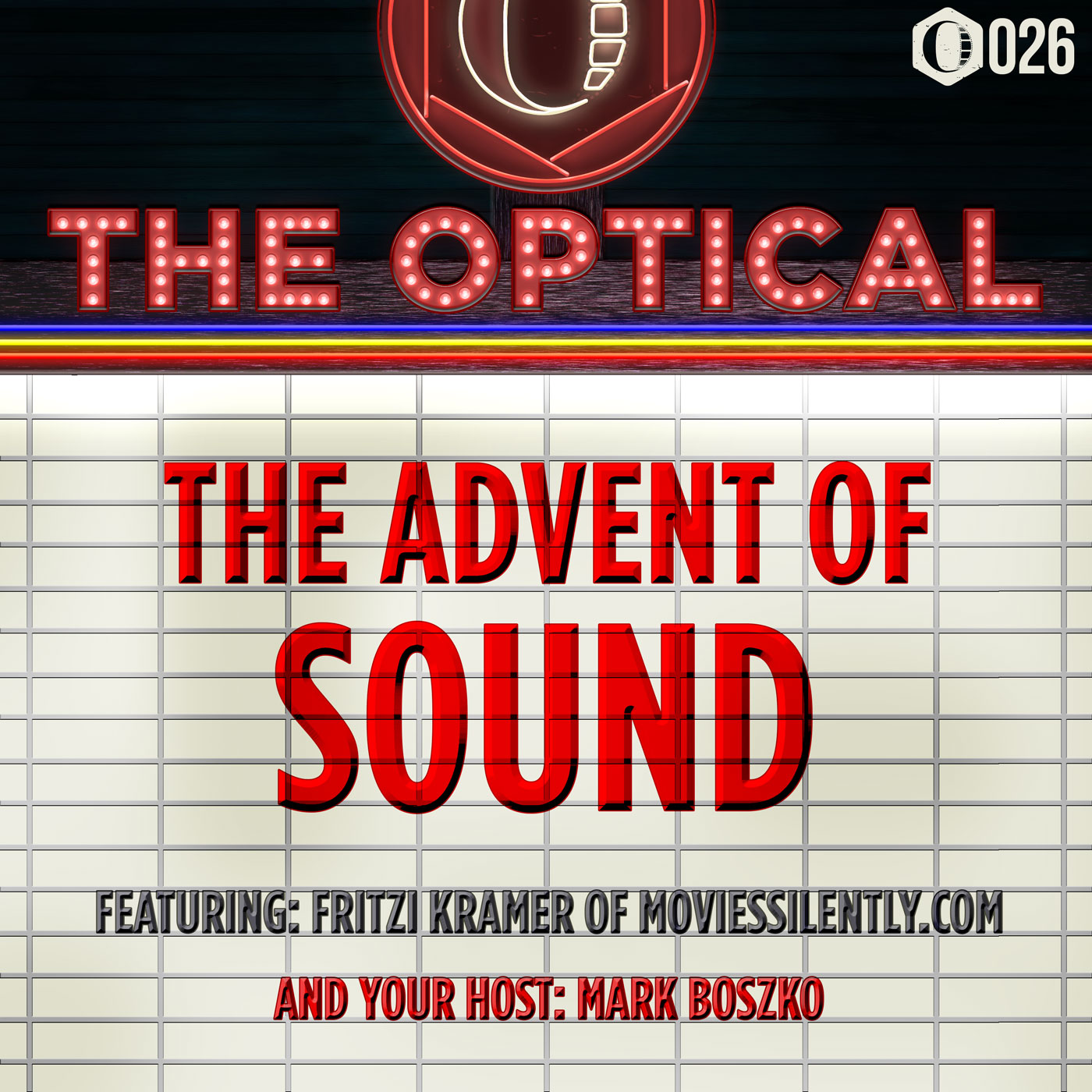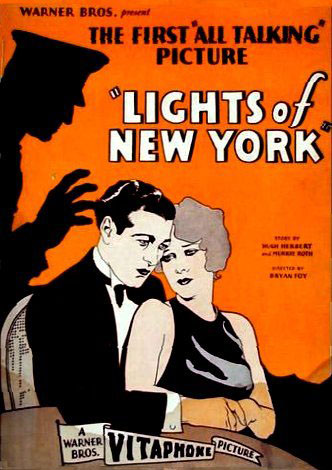Episode 026 May 2017
We explore the fascinating history of sound in films — the trial and error that led from silent films to the first talkies — with Fritzi Kramer of Movies Silently. Fritzi also suggests some silent VFX films, and we catch up with good news about former Cinefex publisher Don Shay.
Download the Cinefex iPad app today.
About The Optical
Host Mark Boszko takes you on a journey back through the annals of Cinefex magazine, talking about the movies and topics they covered 30+ years ago. We talk to people involved in the films, people who make movies, and people who love movies, and have a fun time doing it.
Subscribe
- Subscribe free in iTunes, and get this episode plus every new one. Also for iPhone, iPad and iPod.
- Follow us on Soundcloud
- Feeds for other pod-catchers
Direct Download
- Please use the download button in the Soundcloud player.
Listen Now
Revisiting:
Cinefex 7

Special thanks to Cinefex for access to these out-of-print back issues.
Even though these are out of print, you can now download and read along with Issue 7 — and every other back issue of Cinefex — in the Cinefex iPad App. Download the free iPad app now!
Special Guest:
Fritzi Kramer

Fritzi is the founder of Movies Silently, a blog dedicated to making silent films fun and accessible to newcomers.
Follow Along
Show Notes
Research Materials
- Movies Silently
- The Blue Bird (1918)
- The Whispering Chorus (1918)
- 20,000 Leagues Under the Sea (1916)
- The Burning Crucible (1923)
- The Lost World (1925)
- The Penalty (1920)
- Follow along with our List on Letterboxd, featuring films we've covered, and upcoming films to watch.
More Bits
- City Lights (1931)
- The Sheik (1921)
- Metropolis (1927)
- The Lost World (1925), with stop-motion effects by Willis O'Brien (not Harryhausen, as I misspoke)
- Auguste and Louis Lumière
- 1895 in film
- Kinetoscope, which I mispronounced as “Kinescope” in the podcast, which is a whole other thing
- Kinetophone, aka Phonokinetoscope, a later Kinetoscope improvement with stethoscope-like earphones
Live Sound with Film
- Photoplay Music FAQ
- The Pioneers of Movie Music: Sounds from the American Silent Cinema, 1914–1928
- Sounds for the Silents: Photoplay Music from the Days of Early Cinema
- Flicker Alley: Georges Méliès: The First Wizard of Cinema (1896-1913) 5-disc set. “Thirteen [films] are presented with the original English narrations written by Méliès.”
- Théâtre Optique, patented in 1888 by Charles-Émile Reynaud, first presented in 1889, and the Pantomimes Lumineuses series of animated films were presented in 1892–1900 at the Musée Grévin in Paris
- Discovering Cinema: "Learning to Talk" & "Movies Dream in Color"
- L. Frank Baum
- Photoplayer, the “sound effects machine” I mentioned.
- American Fotoplayer, a popular brand.
- YouTube demonstration: Joe Rinaudo Discusses the American Fotoplayer. There are plenty more videos of this guy doing amazing stuff with that machine. Prepare to fall down a rabbit hole.
- La Mort du duc de Guise (1908), scored by Camille Saint-Saëns is the “first” score written specifically for synchronized performance with a motion picture. (…or “one of the first,” depending on who you ask.)
- Raoul Grimoin-Sanson devised a system with a conductor's baton in the lower right of the screen, as used in the film, Le Comte de Griolet (1920)
- Song Car-Tunes (1924-1927), a series of short animated films produced by the Fleischer brothers using a bouncing ball to lead audience sing-alongs.
- I have not been able to find to find more information on “Cine Pupite” (sp?). The Learning to Talk documentary says that it tried to synchronize a rolled paper score (for the conductor) with the projector, but seems like it always slid off sync.
Sound on Disc (or Cylinder)
- Sound-on-disc on Wikipedia
- Edison Phonograph, invented in 1877, is not the first device that could record sound, but it was the first that could also play it back.
- More about the experimental photo-cylinder and the kinetoscope: Lomography: Thomas Edison and the Kinetoscope
- Calico Ghost Town
- The Dickson Experimental Sound Film on YouTube, restored and synchronized
- Film tinting in the silent era
- Phonorama, invented by François Dussaud, and the Phono-Cinéma-Théâtre, developed by Clément-Maurice Gratioulet, are both discussed in the Early Steps section of the Sound Film Wikipedia page
- Léon Gaumont, who developed the Chronophone (1902), which used an electrical signal to sync the playback of a Cinématographe with a disc phonograph.
- From Wikipedia: In 1906, “Gaumont introduced the Elgéphone, a compressed-air amplification system based on the Auxetophone, developed by British inventors Horace Short and Charles Parsons.” Apparently the Auxetophone was very loud.
- Edison Kinetophone
- YouTube: Nursery Favorites (1913), Edison Kinetophone short film with sync sound.
Sound on Film
- Ernst Rheumer’s 1901 article in Scientific American about the Photographophone (paywall)
- Photographophone in Wikipedia
- Vintage Selenium cells from around 1900
- Sound-on-film on Wikipedia
- Slides from a 2012 SMPTE presentation about Lee de Forest, by Mike Adams, San Jose State University, which also includes a photo of the Photographophone
- Optical Sound on Wikipedia
- Sound Recording and Reproduction (Sound on Film) (1943), An Instructional Sound Film, Produced by Erpi Classroom Films Inc.
- From Wikipedia: “The first practical electronic device that could amplify was the Audion (triode) vacuum tube, invented in 1906 by Lee de Forest, which led to the first amplifiers around 1912.”
- Technicolor official page
- History of Technicolor on Widescreen Museum
- Pathéchrome stencil coloring, on The Timeline of Historical Film Colors, which is just an amazing site.
- Theodore Case
- Central NY Spectrum News 2011 article on Theodore Case
- Movietone sound system
- Vitaphone on Wikipedia
- History of the Vitaphone Process on Vitaphone Varieties
- Don Juan (1926), and on Wikipedia
- The Jazz Singer (1927), and on Wikipedia
- Modern Times (1936)
- Lights of New York (1928), and on Wikipedia, the first all-talking Vitaphone picture
- Regarding the first “all-talking” Movietone picture, Fritzi found this account in The Talkies: American Cinema's Transition to Sound, 1926-1931 (History of the American Cinema) by Donald Crafton, p.281:
The first milestone all-talking film program was presented at the Roxy during the week of 15 November 1928. It comprised the newsreel and two Movietone comedies, including John Ford’s three-reeler Napoleon’s Barber [now believed to be lost]. This all-dialogue film told the story of a barber who regales a customer with stories of what he would do if he met Napoleon. Needless to say, the customer is Napoleon.
- MGM’s first full talkie was the musical The Broadway Melody (1929), and was also the first(?) all-talking movie musical, and one of the first movies to include a Technicolor sequence. It was released in both sound-on-disc and sound-on-film versions, with the sound-on-film version cropped from 1.37:1 to 1.20:1, to make room for the optical sound[^1]. It was also released in a silent version (which… I assume was just the sound-on-disc version, but without the disc?). The credited sound system on IMDb[^1] is the “Western Electric Sound System,” which in 1929 advertisements[^2] said that it encompassed both Movietone and Vitaphone for theatrical reproduction.
- RCA Photophone was used by RKO. In 1929, Syncopation was the first film released by RKO, and also their first sound musical.
- Some clips from the questionable soundtrack by The Tiger Lillies for Varieté (1925)
Don Shay
Silent VFX Films
- The Blue Bird (1918) - Movies Silently review
- The Whispering Chorus (1918) - Movies Silently review
- 20,000 Leagues Under the Sea (1916) - Movies Silently review
- The Burning Crucible (1923) - Movies Silently review
- The Lost World (1925) - Movies Silently review
- The Penalty (1920) - Movies Silently review
There are some YouTube links above, but none of them are great quality. Fritzi recommends Fandor for streaming silent films, and Silent Era for finding quality transfers on disc.
Musical Guest:
Digital Droo
As Ever
- The Optical Aperture Logo by Mike Gower
- The Optical Theme Music by Digital Droo


